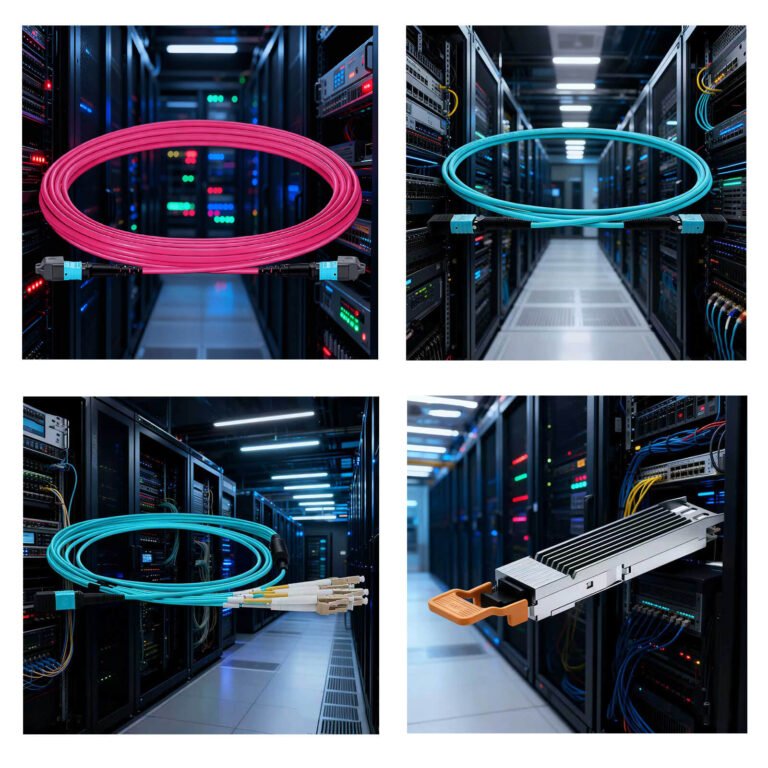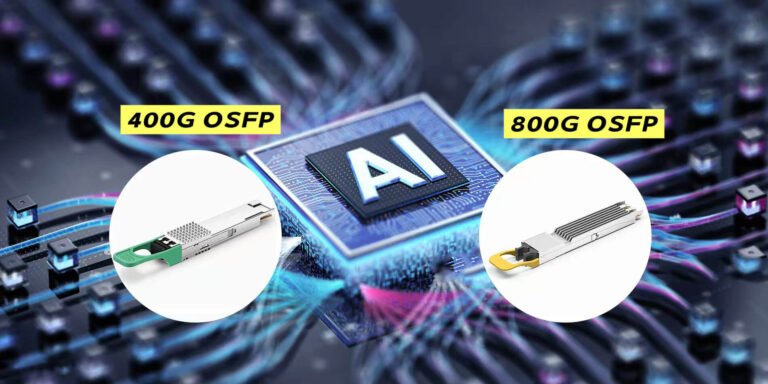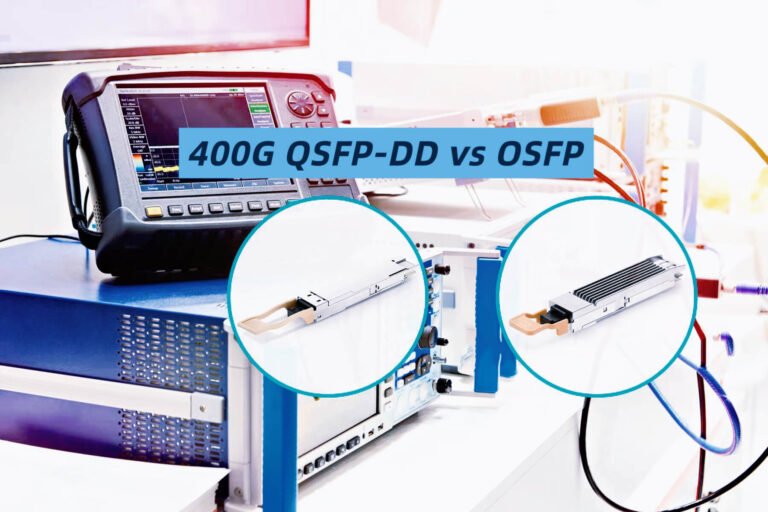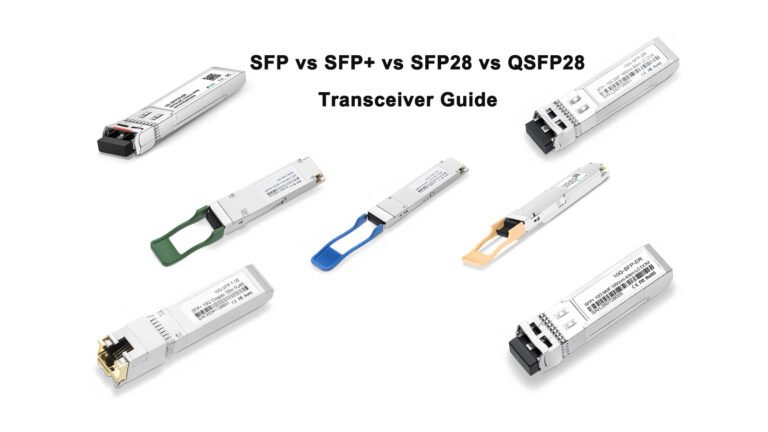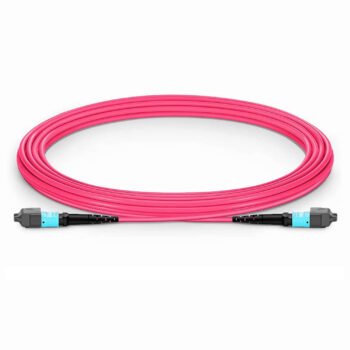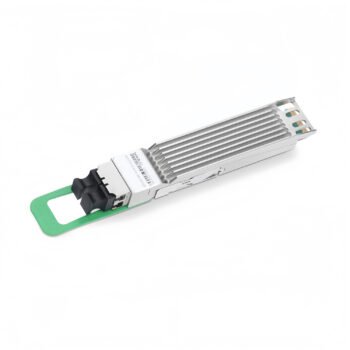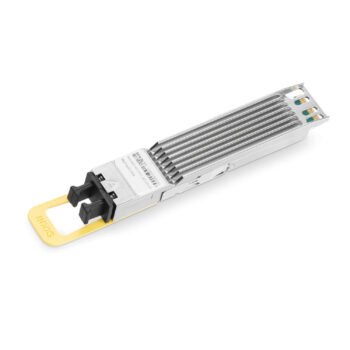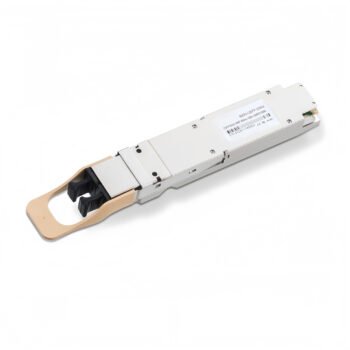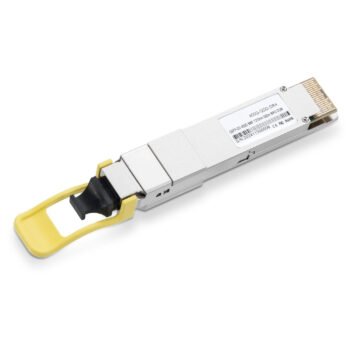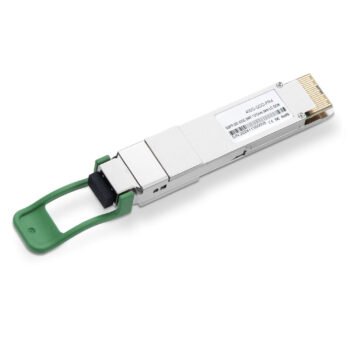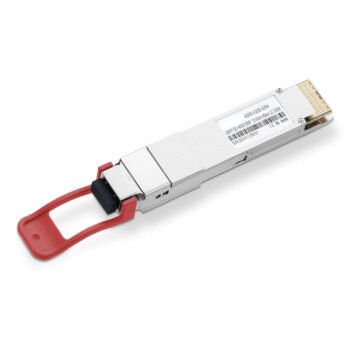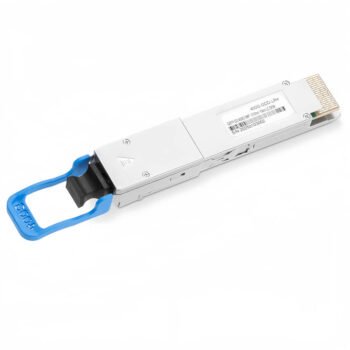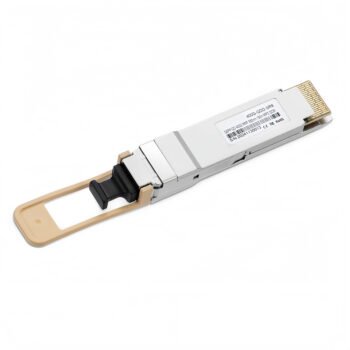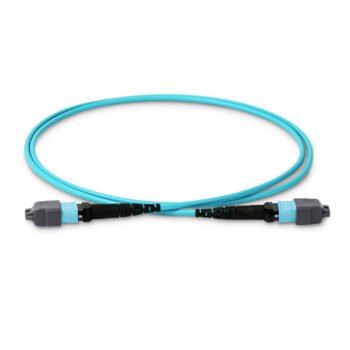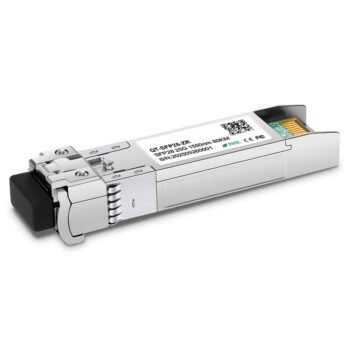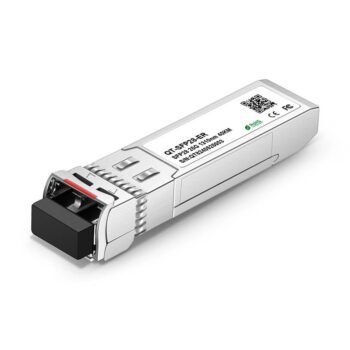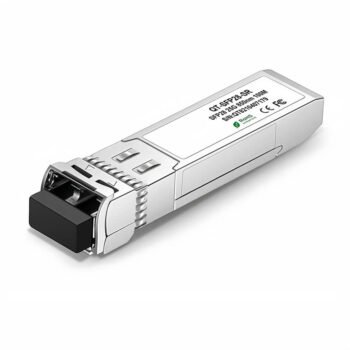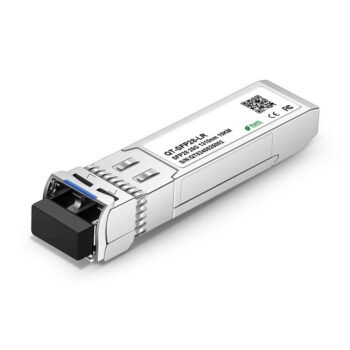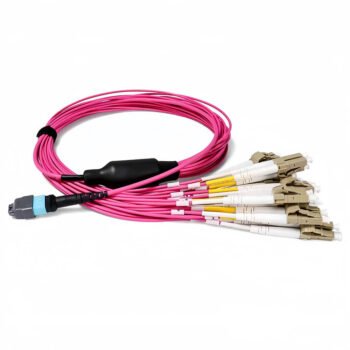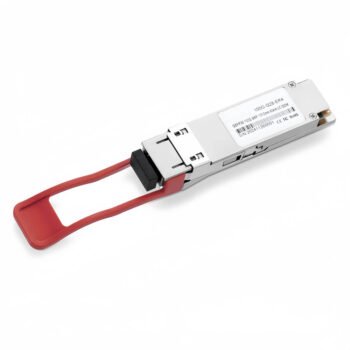MPO vs MTP Connectors: What’s the Difference?

I remember my first 40 G upgrade. We had pallets of MPO trunks on the dock and one big question: should we pay extra for MTP? At the time I thought “MPO is an international standard, MTP is just branding.” Ten years and three data-center builds later, I know the tiny mechanical tweaks inside an MTP ferrule can save hours of re-work and thousands in lost throughput. This guide walks through every detail I wish someone had told me back then.
An MPO connector is an IEC-standardized multi-fiber plug1, while MTP® is a US Conec-engineered MPO2 with tighter ferrule tolerances, improved guide pins, and patented spring design. Functionally they mate together, but performance and reliability diverge.
When managers ask whether the premium is worth it, I start with three angles: geometric precision, loss budget, and long-term operating cost. Let’s dig in.
Ferrule Geometry & Guide-Pin Precision Compared
Every MT ferrule holds up to 72 fiber holes. If the pitch is off by even 1 µm you can lose 0.5 dB before the light leaves the building.
Geometry sounds academic until you troubleshoot a dark lane on an SR4 link at 2 a.m. That headache usually points back to ferrule flatness or bent guide pins.
MTP ferrules are ground to ±0.001 mm pin-diameter tolerance3 and apex offset < 50 µm per Telcordia GR-14354; commodity MPOs often double those numbers.
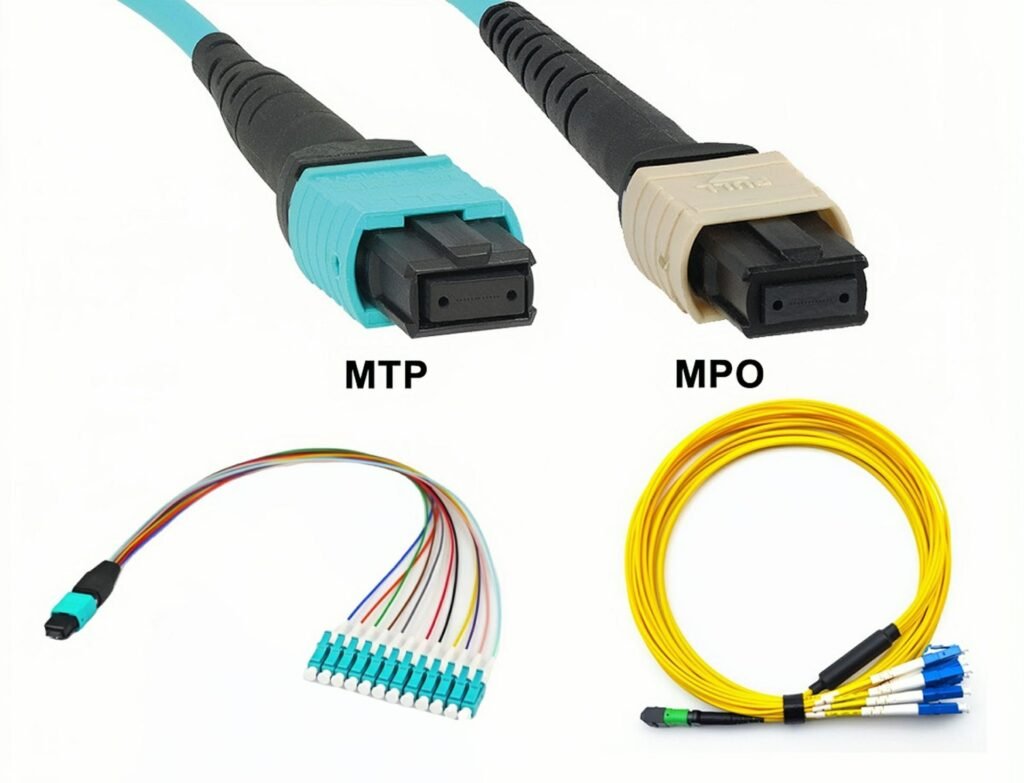
Core Geometry Targets
| Parameter (IEC 61755) | Standard MPO | MTP® Elite | Impact on IL |
|---|---|---|---|
| Fiber Height | 50 ± 300 nm | 50 ± 100 nm | ↓ air gap |
| Apex Offset | ≤ 250 µm | ≤ 50 µm | ↓ angular mis-match |
| Spherical Radius | 2000 ± 500 mm | 2000 ± 250 mm | ↑ contact area |
Guide-Pin Metallurgy
Pins align the ferrules; wear adds play. US Conec uses precision-honed stainless pins with 58 HRC hardness. Commodity MPOs may ship brass. After 500 mating cycles brass shows 17 µm wear; steel only 3 µm. That delta keeps fibers concentric.
Table—Interferometer Pass/Fail (100-sample batch)
| Metric | MPO Pass % | MTP Pass % |
|---|---|---|
| End-face Flatness | 88 % | 99 % |
| Fiber Height | 82 % | 98 % |
| Apex Offset | 75 % | 97 % |
I inspect every incoming reel with a 3-D scope. MTP cassettes rarely need re-polish.
How Connector Grade Impacts Insertion Loss
Loss budgets at 400 G are brutal—1.9 dB total across the channel. Your choice of ferrule grade burns half that in one click if you’re not careful.
Grades come from IEC 617555. Vendors label them Standard, Low-Loss, or Elite, but the data sheet must state maximum IL and RL at 850 nm and 1310 nm.
Elite-grade MTP mates average 0.20–0.25 dB insertion loss6 and ≥ 60 dB return loss. Standard MPOs hover at 0.40–0.75 dB with RL ≈ 30 dB.

Loss Benchmark Table
| Grade (IEC) | Max IL (dB) | Typical IL (dB) | Max RL (dB) |
|---|---|---|---|
| C | 0.75 | 0.60 | −30 |
| B | 0.35 | 0.30 | −50 |
| A | 0.25 | 0.22 | −60 |
Cleaning Makes or Breaks the Spec
Even an Elite ferrule fails if dust blocks a core. I follow IPC-8497-17 before every acceptance test:
- Dry click-cleaner.
- Wet wipe.
- Inspect at 400×.
- Re-test IL/RL.
That routine drops infant-mortality failures by 90 %.
Return Loss and VCSEL Stability
Low RL (< −40 dB) stabilizes VCSEL lasers. I once saw a 4 µs jitter spike on an SR4 lane—traced to −28 dB RL at the patch panel. Swapped to an Elite MTP jumper; jitter vanished.
Cost–Benefit Analysis for Data-Center Upgrades
Accountants see numbers, engineers see downtime. The sweet spot is where extra ferrule precision prevents unplanned port flaps that chew OPEX.
To frame the ROI I pull real field data plus market studies such as Dell’Oro’s cost-per-port model8 for 400 G.
Over five years, spending 18 % more on Elite-grade MTP trims re-patch labor by 70 %, halves stranded fiber, and delivers a 23 % lower cost per active 100 G port.
CapEx vs OpEx Model
| Item | Standard MPO | MTP Elite | Delta |
|---|---|---|---|
| Purchase (per 24-fiber trunk) | $180 | $212 | + 18 % |
| Initial Testing Labor | $33 | $20 | − 39 % |
| Five-Year Re-Patch Labor | $90 | $27 | − 70 % |
| Stranded Fiber Loss | 16 % | 5 % | — |
| Total 5-y Cost / Active Port | $4.11 | $3.17 | − 23 % |
Base-Count Fit
Using Elite MTP lets me adopt Base-8 trunks for SR4 optics9 without IL penalty. That removes four dark fibers per 40 G link—saving 12 km of glass in a 500-rack pod.
Risk of Re-Terminated MPOs
Technicians sometimes refurbish Standard MPOs to cut loss. Field polish often misses geometry spec; IL drops but RL tanks. I budget a truck roll at $450; two failed retips equal the cost of an Elite to begin with.
Table—Downtime Cost Example
| Event | Outage (h) | Ports Affected | Cost per Hour | Total |
|---|---|---|---|---|
| Re-patch | 0.25 | 96 | $180 | $4 320 |
| Debug Lane Error | 1.0 | 1 | $800 | $800 |
| Five-year Sum | — | — | — | $16 400 |
Elite ferrules avoid half those events.
When Standard MPO Is “Good Enough”
Edge pods still running 10 G can live with Grade B. You gain little paying for Grade A if transceivers accept 2.6 dB. Just keep spare jumpers to swap instead of re-polish.
Conclusion
MPO and MTP mate together, but their life-cycle cost and performance diverge. If your roadmap points to 400 G DR4 or 800 G SR8, the Elite-grade MTP ferrule will pay for itself in a single panic-free maintenance window. If you’re holding at 10 G for another refresh cycle, a well-cleaned Grade B MPO may do the job. Either way, measure ferrule geometry, demand IL/RL certificates, and budget for cleaning. Little numbers on a data sheet decide whether your lights stay green or blink red at midnight.
-
Formal IEC 61754-7 standard that defines MPO connector geometry and mating dimensions. ↩
-
US Conec white paper detailing MTP® enhancements—tighter tolerances, removable housing, and floating ferrule design. ↩
-
Precision guide-pin diameter tolerance (±0.001 mm) for high-performance MT ferrules. ↩
-
Telcordia GR-1435 interferometry criteria for MT ferrule geometry. ↩
-
IEC 61755 explains connector performance grades for insertion loss and return loss. ↩
-
Typical Elite-grade MPO insertion-loss values (≈ 0.25 dB) from independent lab testing. ↩
-
IPC-8497-1 inspection standard used to judge end-face cleanliness. ↩
-
Dell’Oro Group cost-per-port study showing ROI of higher-grade cabling at 400 G. ↩
-
Technical brief on Base-8 cabling and stranded-fiber reduction in SR4 networks. ↩

